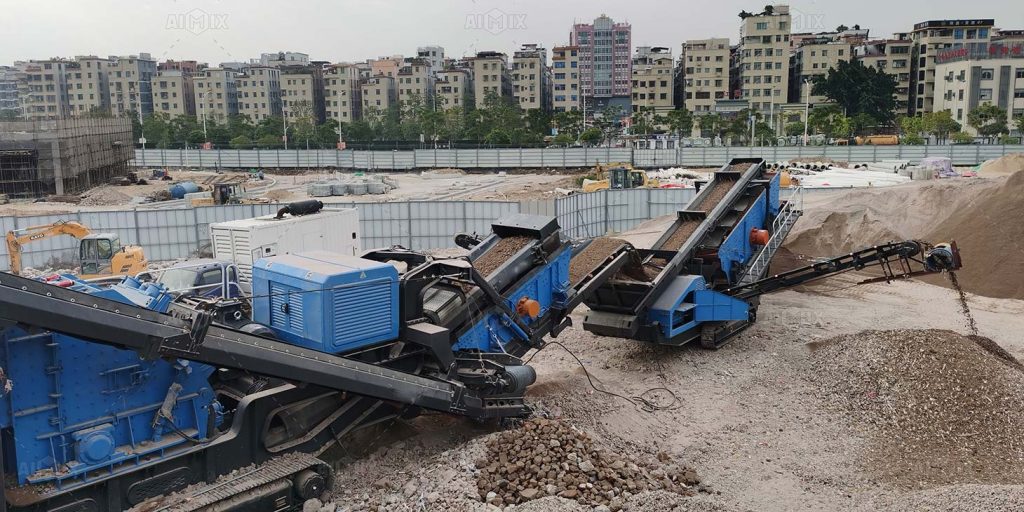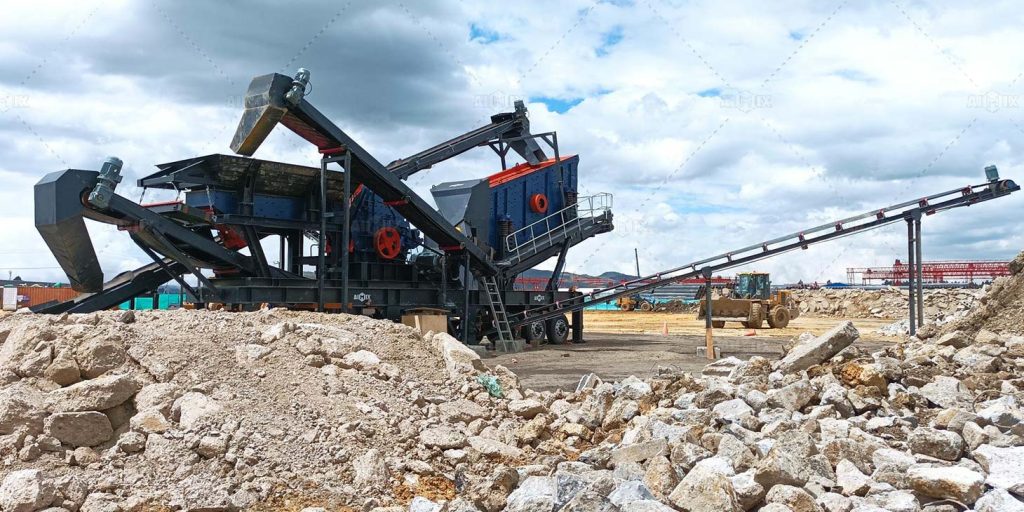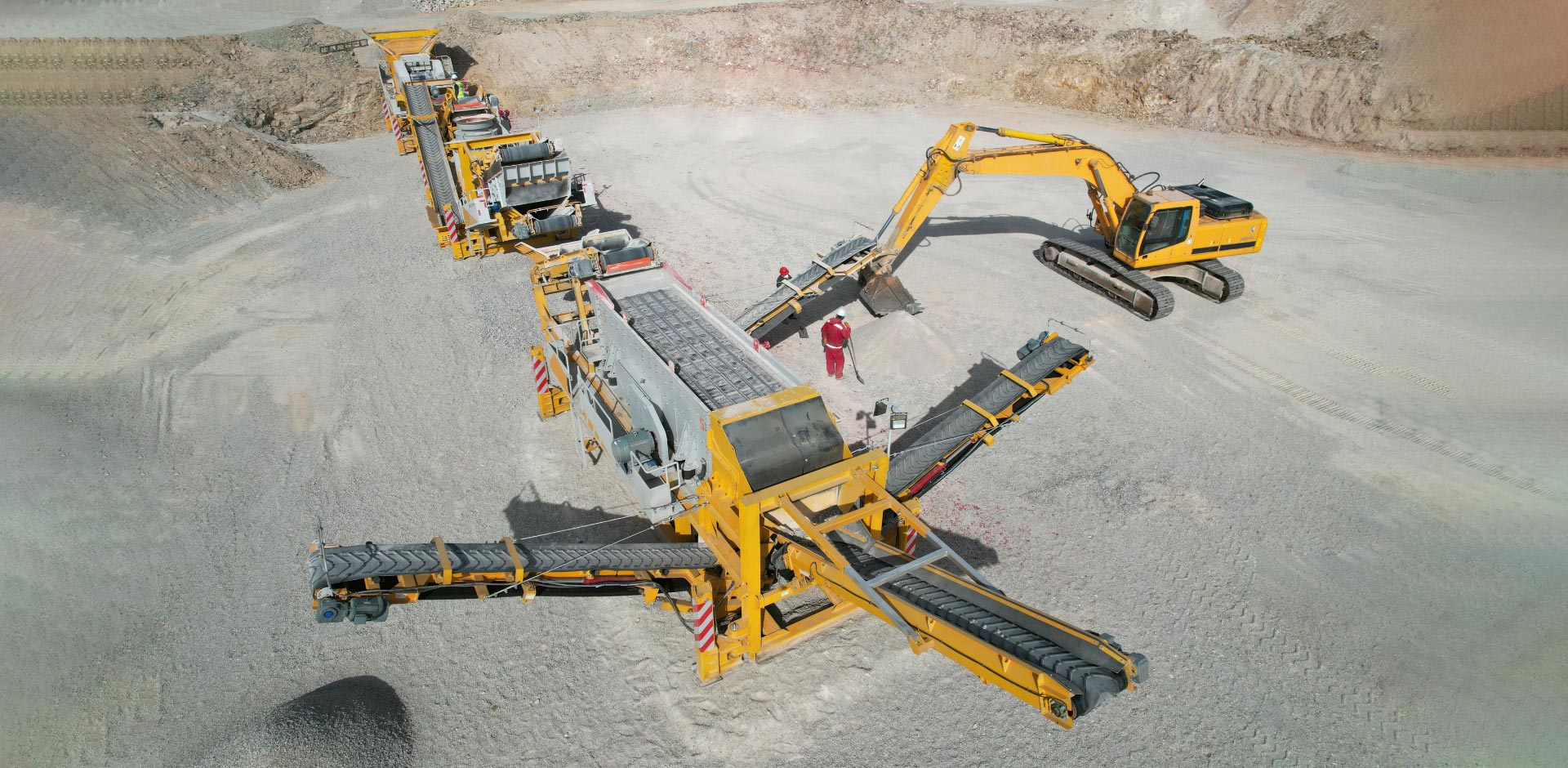The construction and quarrying sectors across the Middle East are undergoing a profound transformation, driven by ambitious national visions and unprecedented infrastructure development. From the gleaming towers of the Gulf to the burgeoning urban centers of Egypt and Saudi Arabia, the demand for raw materials is insatiable. This surge in activity has exposed the limitations of traditional, stationary stone crusher plants, which are often hampered by their static nature and extensive setup requirements.
In response, a new paradigm of material processing is taking hold, characterized by agility and intelligence. The region is witnessing a significant and strategic pivot towards mobile crawler crusher solutions, a trend that reflects a fundamental shift in how industry leaders approach project execution and operational efficiency in a demanding and competitive landscape.

Catalysts of Change: Drivers Fueling the Regional Shift
Several interconnected factors are converging to make mobile crawler crushers the equipment of choice across the Middle East. The sheer scale and geographic dispersion of giga-projects, such as NEOM and The Red Sea Project, necessitate equipment that can be deployed rapidly and moved frequently as work progresses across vast sites. The logistical and financial burden of transporting raw materials over long distances to a fixed stone crusher plant is becoming increasingly untenable. Mobile units elegantly solve this by bringing the plant directly to the raw material source or the project’s immediate vicinity, a concept known as on-site beneficiation. Furthermore, the pressing need for sustainable construction practices is pushing companies to recycle construction and demolition waste directly at the source. Mobile crawlers are perfectly suited for this task, turning rubble into valuable secondary aggregates on location, thereby reducing landfill use and the carbon footprint associated with material transport.
The Unmatched Operational Advantages of Crawler Systems
The intrinsic design of mobile crawler crushers provides a compelling portfolio of operational benefits. Their tracked undercarriage grants them a level of terrain versatility that wheeled units cannot match, allowing them to navigate rough, uneven, and soft ground conditions with remarkable stability. This mobility is self-powered, meaning the machine can position itself for optimal workflow without requiring external towage, saving valuable time and resources. The entire system is designed for rapid setup and teardown. With integrated hydraulics and pre-assembled modules, a crawler plant can be operational in a fraction of the time it takes to commission a stationary setup. This nimbleness translates directly into enhanced project agility, allowing contractors to respond to changing site demands and tight deadlines with a level of flexibility that was previously unimaginable.

Economic Prudence and Total Cost of Ownership
While the initial capital outlay for a mobile crusher can be significant, a thorough analysis of its Total Cost of Ownership (TCO) reveals a compelling economic argument. The most substantial saving comes from the drastic reduction in material transportation costs. By processing material at its origin, companies eliminate the continuous expense of truck fleets, fuel, and drivers for haulage. This also minimizes material degradation and loss during transit. The operational efficiency gained through rapid relocation and reduced downtime further enhances the return on investment. For many businesses, the ability to accept smaller, more specialized contracts that would be unprofitable with a stationary plant opens up new revenue streams. This financial model, which prioritizes operational expenditure savings over pure capital cost, is becoming the new standard for fiscally astute enterprises in the region.
Adapting to the Middle Eastern Environment
The successful deployment of any machinery in the Middle East requires specific engineering considerations to handle the region’s unique environmental challenges. The combination of extreme heat, high humidity in coastal areas, and pervasive abrasive dust presents a formidable test for mechanical and electrical components. Leading manufacturers have responded by developing models with enhanced cooling systems, specialized filtration to protect hydraulics and engines from fine sand particles, and the use of wear-resistant materials in critical areas. This regional-specific engineering is not an optional extra but a fundamental requirement for ensuring machine reliability, longevity, and consistent output in some of the world’s most demanding operating conditions.
The Future is Mobile: A Lasting Strategic Imperative
The ascendancy of mobile crawler crushing solutions in the Middle East is more than a transient trend; it is a lasting strategic shift that aligns perfectly with the region’s future trajectory. As nations continue to diversify their economies and invest in massive infrastructure, the need for efficient, flexible, and sustainable material processing will only intensify. The ability to rapidly deploy crushing capacity wherever it is needed, to process a wide variety of materials, including virgin aggregate and recycling construction waste, and to do so with a favorable economic and environmental profile, positions mobile crawlers as a cornerstone of modern industrial strategy. Companies that embrace this mobile-first approach are not merely acquiring new equipment; they are investing in a foundational capability that will provide a distinct competitive advantage for years to come, enabling them to build the future, quite literally, on the move.
